Repotting Peperomia Plants (Plus The Proven Soil Mix To Use!)

by
Joy Us garden
(IC: blogger)
2 Materials
30 Minutes
Easy
Peperomias are low maintenance houseplants with beautiful & colorful foliage. Repotting peperomias is easy but they do best with a special soil blend. Here's the tried & true mix I use.
Peperomias are among the easiest houseplants to grow and plainly put, I think they’re the cat’s meow. Have you ever given one a try? Those sold in the trade (and there are a wide variety of them) are either tabletop or hanging plants all with attractive foliage. Mine needed new mix. I thought I’d share with you the repotting of 2 peperomias and the soil blend which has proven to work for me.
The ones which I’m repotting here are the very popular Baby Rubber Plant (Peperomia obtusifolia) and the Rainbow Peperomia (Peperomia clusiifolia “rainbow”). Table top peperomias stay small and most max out at 12″ by 12″. Their roots aren’t extensive, and for this reason, they don’t need frequent repotting.
{
"id": "5004691",
"alt": "",
"title": "",
"video_link": "https://www.youtube.com/embed/b3fPeo6aptk",
"youtube_video_id": "b3fPeo6aptk"
}
{
"width": 634,
"height": 357,
"showRelated": true
}
Peperomias like being a bit tight in their pots. I usually don’t repot them unless the roots are coming out the drain holes. This wasn’t the case with mine but here’s why I repotted them. I’ve had these peperomias for almost 2 years now. Who knows old the soil mix is. Perhaps they were at the growers for a year or 2 before being shipped off to the retail nursery where I bought them. The soil just looked like it needed to be refreshed.
I live in Tucson where it’s hot and dry. These peperomias needed to be watered more frequently than my multitude of other houseplants. Time for the special mix to remedy that. Another reason: some growers grow many different types of houseplants and use the same mix for all. With some houseplants, I use straight potting soil and others I do my own blend.
This is the proven mix I use for repotting peperomias: A local potting soil. It was the 1st time I bought this & discovered it wasn’t right for houseplants. Because it contains a good amount of coco fiber (coco coir), I could use it for peperomias. It would be suitable for hoyas for hoyas too. Not as the sole mix but blended with the ingredients below. You could sub coco coir here.
Fox Farm Smart Naturals Potting Soi l. It has lots of good stuff in it that houseplants love.
Orchid bark. Many peperomias are epiphytic. Epiphytes love orchid bark.
Charcoal. This is optional but what charcoal does is improve the drainage & absorb impurities & odors. For this reason, it’s great to mix into your soil mix when doing any indoor potting project.
Compost. Just a handful of this into the pail because the Smart Naturals already has nutrients in it.
Worm compost. This is my favorite amendment, which I use sparingly because it’s rich. I’m currently using Worm Gold Plus. Here’s why I like it so much.
The ratio/blend:
I mixed the 2 potting soils at a ratio of 1:1 with a few of handfuls each of the orchid bark and the charcoal thrown into the pail. An 1/8″ layer of worm compost was added at the end as topdressing.
Peperomias like a light but rich mix which drains well. They rot out easily so you want the mix to contain a good amount of something like coco coir. Growers love coco coir as a growing medium because it holds water well yet still provides good drainage and aeration. It’s much more environmentally friendly than peat moss which is considered to be a non-renewable resource but has all the same properties.
Other mixes which would work:
– 1/2 potting soil to 1/2 succulent & cactus mix
– 1/2 potting soil to 1/2 coco coir
– 1/2 succulent & cactus mix to 1/2 coco coir
– 1/2 potting soil to 1/2 perlite or pumice
– 1/2 potting soil to 1/2 orchid bark
– 1/3 potting soil to 1/3 coco coir to 1/3 perlite or pumice
You get the idea. There are many opinions on the blend to use but I’m sure you can find 1 which you and your peperomias like the best. Rich, light, and well drained is the key.
Repotting:
Nothing out of the ordinary on the repotting technique here. You can watch the video to see how it’s done. The actual transplanting starts around the 6:37 mark.
This has nothing to do with repotting but if you have pets, it’s good to know:
Peperomias are non-toxic to both cats & dogs.
As I said, tabletop peperomias don’t grow too big and their root balls stay small. I repot them when the soil mix is looking old or when the roots are showing out of the drain hole(s). In other words, don’t rush to repot yours. I won’t repot the 2 you see here for at least 3 years, maybe longer.
I’m looking forward to getting a couple more peperomias but who knows when that’ll be. First, I want a Monstera deliciosa and another dracaeana and maybe a rhaphis palm. So many houseplants to drool over! What’s next on your list??
Enjoyed the project?
Any price and availability information displayed on [relevant Amazon Site(s), as applicable] at the time of purchase will apply to the purchase of this product.
Hometalk may collect a small share of sales from the links on this page.More info

Want more details about this and other DIY projects? Check out my blog post!
Published August 3rd, 2018 12:41 PM
Comments
Join the conversation
1 comment
-
 Shelly Moore
on Jul 29, 2021
Shelly Moore
on Jul 29, 2021
I want a regular old spider plant, a string of pearls plant, I've killed a few 🙄 I love begonias but am learning that they don't like too much wind and this heat is really drying mine out. I will move them to a shader spot. 🙂 I have had a hard time getting Dill to reseed and come back! I plant plants, and add seed around them to hopefully get a better stand. I'll keep trying. Peach and pie cherry trees, sand hill plum bushes, raspberry bushes....can think of gobs more too!!!
-



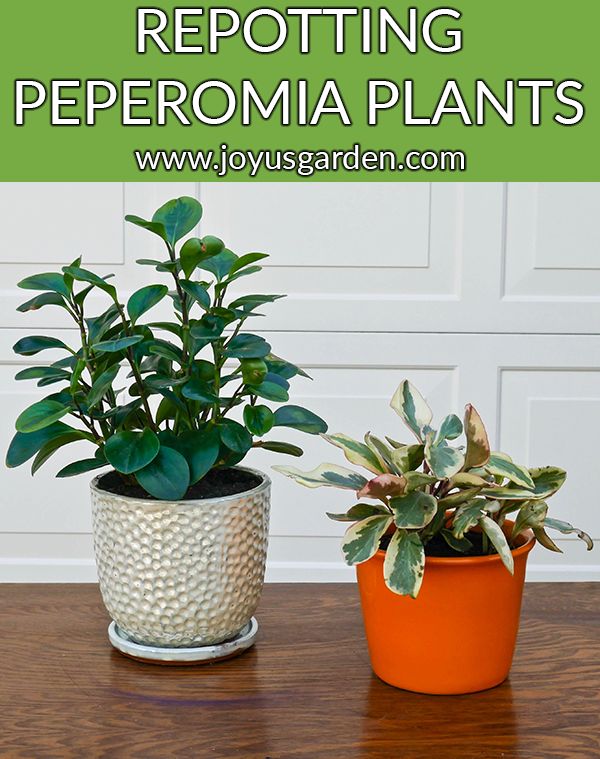












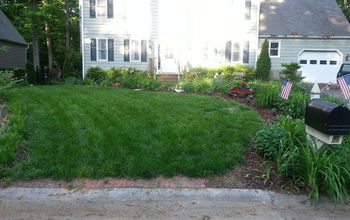


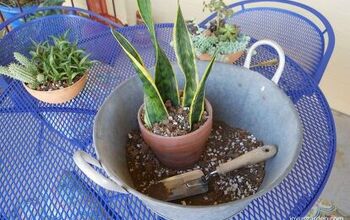




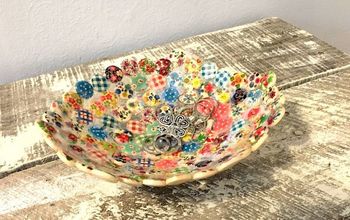
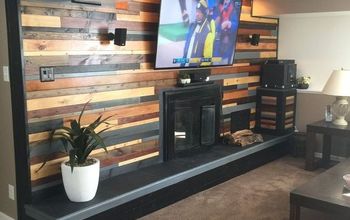


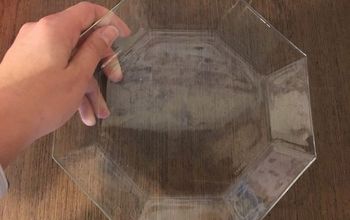


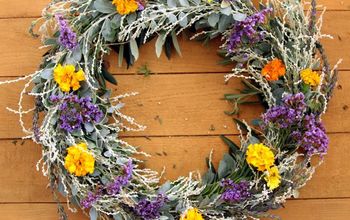
Frequently asked questions
Have a question about this project?